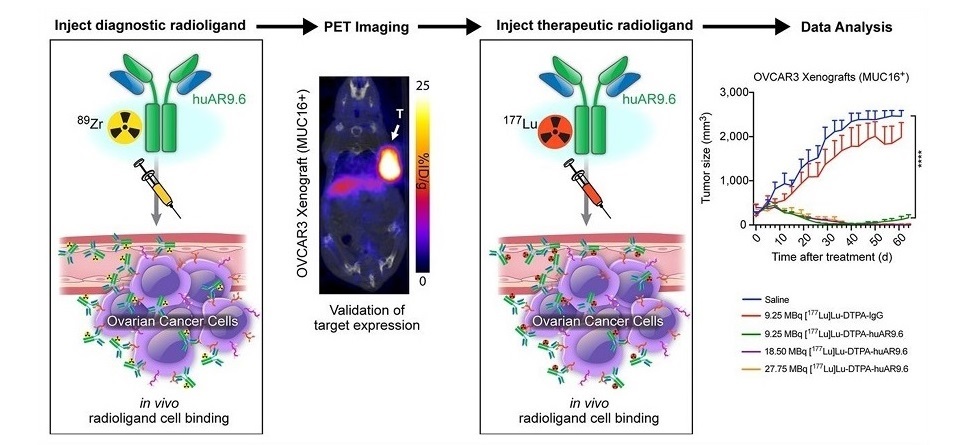Proton Therapy Has Better Outcome over IMRT for Advanced Head and Neck Cancers
By MedImaging International staff writers
Posted on 21 Jul 2014
Radiation oncologists compared the world’s literature on outcomes of proton beam therapy in the treatment of a range of advanced head and neck cancers of the skull base compared to intensity-modulated radiation therapy (IMRT) and found that proton beam therapy significantly improved disease-free survival and tumor control when compared to IMRT. Posted on 21 Jul 2014
The study’s findings were published June 27, 2014, in the journal Lancet Oncology. “We undertook a systematic review and meta-analysis to compare the clinical outcomes of patients treated with proton therapy with patients receiving photon IMRT,” said senior author Robert Foote, MD, a radiation oncologist at the Mayo Clinic (Rochester, MN, USA). “Our findings suggest that the theoretical advantages of proton beam therapy may in fact be real.”
Researchers reviewed cases of nasal cavity and paranasal sinus tumors through extensive database searches. They included studies of patients who had no earlier treatment—neither primary radiation therapy nor adjuvant radiation therapy—and patients who had recurrent disease. Researchers collected data on overall survival, disease-free survival, and tumor control, at five years and at the patient’s longest follow-up. They used random-effect models to pool outcomes across studies and compared event rates of combined outcomes for proton therapy and IMRT using an interaction test.
Researchers discovered disease-free survival to be significantly higher at five years for patients receiving proton therapy than for patients receiving IMRT (72% versus 50%). Tumor control did not differ between treatment groups at five years however tumor control was higher for patients receiving proton therapy than for IMRT at the longest follow-up (81% versus 64%).
Related Links:
Mayo Clinic














